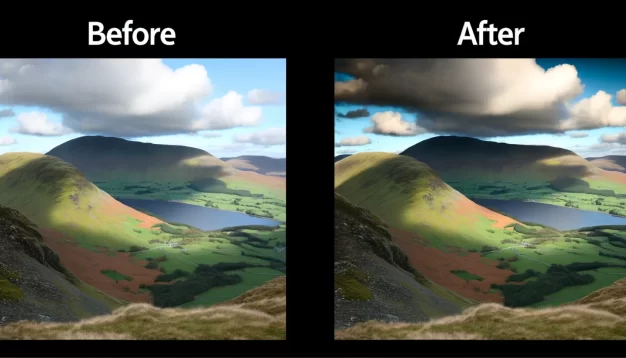
Understanding Exposure
Basics of Exposure
Exposure is the amount of light that reaches the camera sensor, determining how bright or dark an image appears. Correct exposure is essential for capturing images that accurately reflect the scene.
The Exposure Triangle
The exposure triangle is a fundamental concept in photography, comprising shutter speed, aperture, and ISO. These three variables interact to control the exposure of an image.
Measuring Exposure in Camera
Modern cameras have built-in light meters that measure the intensity of light. Photographers can use this information, displayed through the camera meter, to adjust settings for a proper exposure.
Mastering Shutter Speed
Effects of Shutter Speed on Exposure
Shutter speed controls the duration of light hitting the sensor. A fast shutter speed lets in less light, while a slow shutter speed allows more light, affecting the exposure and potential motion blur in an image.
Creative Uses of Shutter Speed
Manipulating shutter speed can freeze a moment in time or blur motion for artistic effect. For instance, a fast shutter speed can capture the crisp action of sports, while a slow shutter speed creates a silky effect in flowing water.
Aperture and Depth of Field
Aperture’s Role in Exposure
Aperture adjusts the lens diaphragm, changing the size of the opening through which light passes. A larger aperture (smaller f-number) means more light and a shallower depth of field. Conversely, a smaller aperture (larger f-number) reduces light and increases depth of field.
Balancing Aperture for Ideal Tone
The right aperture balances light and depth to achieve the desired tone and mood. A wider aperture might be ideal for portraits with creamy backgrounds, while landscapes often benefit from smaller apertures for front-to-back sharpness.
ISO Sensitivity
Impact of ISO on Exposure and Noise
ISO measures the sensor’s sensitivity to light. Increasing ISO boosts exposure in low light but introduces grain or noise. A lower ISO retains image quality but requires more light.
Choosing the Right ISO
Selecting ISO depends on the lighting conditions and desired effect. As a rule of thumb, stick to the lowest ISO possible for the lighting conditions to minimize noise.
Exposure Compensation
When to Use Exposure Compensation
Use exposure compensation when the camera’s metering gets tricked by challenging light scenarios. It’s a quick-fix to override the camera’s judgement.
Advanced Techniques for Fine-Tuning Exposure
Bracketing exposures and shooting in RAW affords more leeway in post-processing. These techniques allow photographers to capture a broader range of light and fine-tune the exposure later.
The Histogram Explained
Reading the Histogram
The histogram is a graphical representation of the tonal values in your image. Peaks towards the left indicate shadows; peaks to the right show highlights. A balanced histogram typically suggests a well-exposed image.
Using Histogram to Adjust Exposure
A skewed histogram indicates under or overexposure. Adjusting with the exposure triangle elements can bring the histogram towards a more balanced state.
Post-Processing for Perfect Tone
Basic Editing Tools for Tone Correction
Tools such as brightness, contrast, highlights, and shadows sliders in editing software help refine the tone. Adjust these to recover details and enhance the overall mood of the image.
Advanced Techniques for Tone Manipulation
Curves and levels provide granular control over the tonality and contrast of an image. These are powerful for sculpting the light and creating a visual impact that resonates with the viewer.
By harnessing the principles of exposure and tone, photographers from novices to professionals can elevate their imagery. While the technicalities demand precision, never forget the artistry in bending light to your will. Remember, photography rules are more like guidelines—a base for you to leap from and craft your unique vision. And occasionally, the best photographs come from serendipitous mistakes—a beautiful reminder that perfection is not the absence of chaos, but sometimes its unexpected embrace.